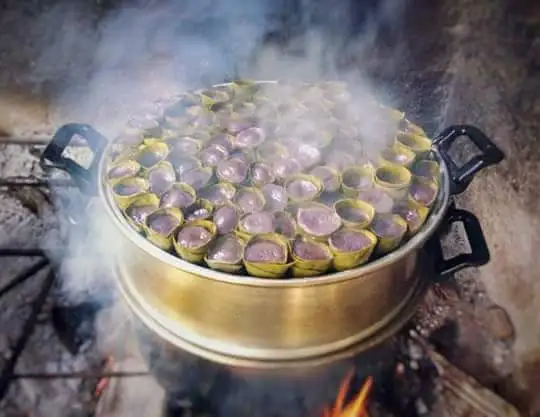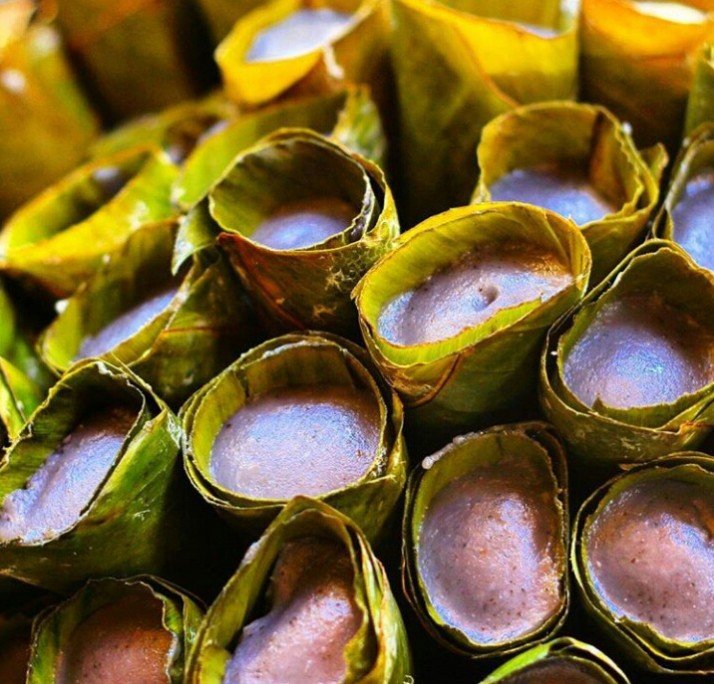Nestled in the northeastern part of Mindanao, Surigao del Norte is not only blessed with breathtaking natural landscapes but also a rich culinary heritage. Among its culinary treasures is the delectable Sayongsong – a sweet delicacy that has been delighting locals and visitors alike for generations. Join us as we embark on a journey to uncover the history, significance, and recipe behind this beloved Surigaonon treat.

The History of Sayongsong
Sayongsong traces its origins back to the indigenous communities of Surigao del Norte, particularly the Mamanwa and Manobo tribes. Historically, Sayongsong was prepared during special occasions and celebrations as an offering to ancestors or spirits, symbolizing gratitude and abundance.
The name “Sayongsong” is derived from the local dialect, which means “to tie” or “to bind.” This name reflects the traditional method of preparing Sayongsong, where the ingredients are bound together and wrapped in banana leaves before being cooked over an open flame.

The Significance of Sayongsong
Beyond its delicious taste, Sayongsong holds cultural significance in Surigao del Norte, serving as a symbol of unity, heritage, and hospitality. It is often shared among family and friends during gatherings, festivals, and religious ceremonies, fostering a sense of community and connection.
Sayongsong also reflects the region’s agricultural abundance, with its key ingredients – glutinous rice, coconut, and sugar – being locally sourced. Its preparation and consumption are deeply ingrained in the cultural fabric of Surigao del Norte, representing a culinary tradition passed down from generation to generation.

Recipe for Sayongsong
Now, let’s uncover the secrets behind making this delightful Surigaonon delicacy. Here’s a simple recipe for Sayongsong that you can try at home:
Ingredients:
- 2 cups glutinous rice
- 1 cup grated coconut
- 1 cup brown sugar
- Banana leaves, cleaned and cut into squares

